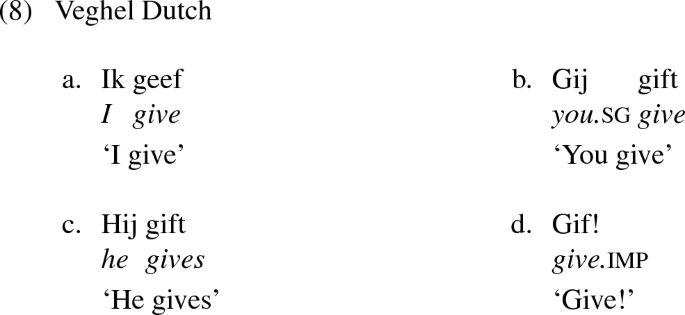

add to main playlist Play in Full Screen Interlude.add to main playlist Play in Full Screen Lie Here As If We're Dead.add to main playlist Play in Full Screen Brothers In Arms.add to main playlist Play in Full Screen Mass Graves For The Victims Of The Capitolist Machine.add to main playlist Play in Full Screen Umlaut Barmy Army / Intro.Play album in full screen add album to playlist Outta Confuckentrol Released 2001
:max_bytes(150000):strip_icc()/AdobeStock_62198618-578d16c05f9b584d20027d36.jpeg)
For example, in Albanian and Filipino ë represents a schwa. The same symbol is also used as a diacritic in other cases, distinct from both diaeresis and umlaut. ä ) represents both a-umlaut and a-diaeresis.U+00E4 ä LATIN SMALL LETTER A WITH DIAERESIS (HTML ä Nevertheless, in modern computer systems using Unicode, the umlaut and diaeresis diacritics are identical, e.g. These two diacritics originated separately the diaeresis is considerably older. The umlaut ( / ˈ ʊ m l aʊ t/ UUM-lowt), in contrast, indicates a sound shift. The diaeresis represents the phenomenon also known as diaeresis or hiatus in which a vowel letter is not pronounced as part of a digraph or diphthong. The diaeresis and the umlaut are diacritics marking two distinct phonological phenomena. When that letter is an i or a j, the diacritic replaces the tittle: ï. The diaeresis ( / d aɪ ˈ ɛr ᵻ s ᵻ s/, dy- ERR-i-sis plural: diaereses), also spelled diæresis or dieresis and also known as the trema or the umlaut, is a diacritical mark that consists of two dots ( ¨ ) placed over a letter, usually a vowel. Vowel raising, triggered by a following high vowel (often specifically a high front vowel such as /i/).The most commonly seen types of umlaut are the following: In the general sense, umlaut is essentially the same as regressive metaphony. Thus, one possible linguistic development is for these two vowels to be drawn closer together. If a word has two vowels, one far back in the mouth and the other far forward, more effort is required to pronounce the word than if the vowels were closer together. Umlaut is a form of assimilation, the process by which one speech sound is altered to make it more like another adjacent sound. While the common English plural is umlauts, the correct German plural is Umlaute. (ö ü) The term umlaut was originally coined in connection with the study of the Germanic languages, except from Gothic, in which the process occurred prominently in the history of many of them (see Germanic umlaut). In linguistics, umlaut (from German "sound alteration") is a sound change in which a vowel is pronounced more like a following vowel or semivowel. Umlaut vowel, any front rounded vowel (because such vowels appeared in the Germanic languages as a result of Germanic umlaut).

Germanic umlaut, a prominent instance of i-mutation in the history of the Germanic languages.I-mutation, a specific type of umlaut triggered by a following high front vowel in particular:.Umlaut (linguistics), a sound change where a vowel was modified to conform more closely to the vowel in the next syllable in particular:.

#Html a with umlaut update
Let us know if you use something we didn’t cover so we can update our list. In the table below you can find the complete list of the most useful HTML escape characters. Characters will not be used to substitute entity references in such circumstances.Ĭonsequently, if you need to employ escapes in web development, it’s safer to use numeric character references. If the entities are defined outside of your document and the tools processing the XML do not access the external files, using named characters may become troublesome. You should always try to employ an encoding allowing you to represent characters in their natural form. The same goes for an external style sheet. The style element HTML can not contain numeric or named character references. Numeric or named character references, as well as CSS escapes, can be used to represent characters in HTML style attribute. Cases when escapes are usefulĮscapes are very useful for representing characters that are not apparent or are ambiguous. The hex number is case-insensitive, and all numeric character references begin with &# and conclude with. Character escapes used in markup include numeric character references (NCRs) and named character references.Ī numeric character reference in hexadecimal format. In HTML, XHTML, or XML, you can use a character escape to represent any Unicode character using only ASCII letters.


 0 kommentar(er)
0 kommentar(er)
